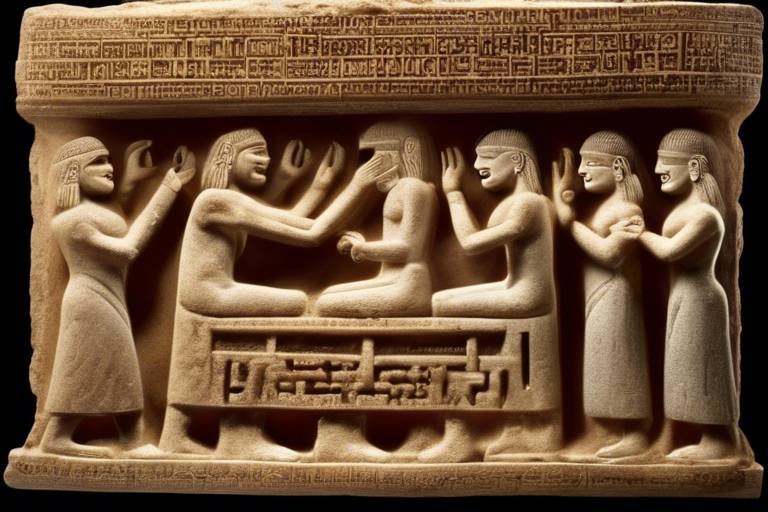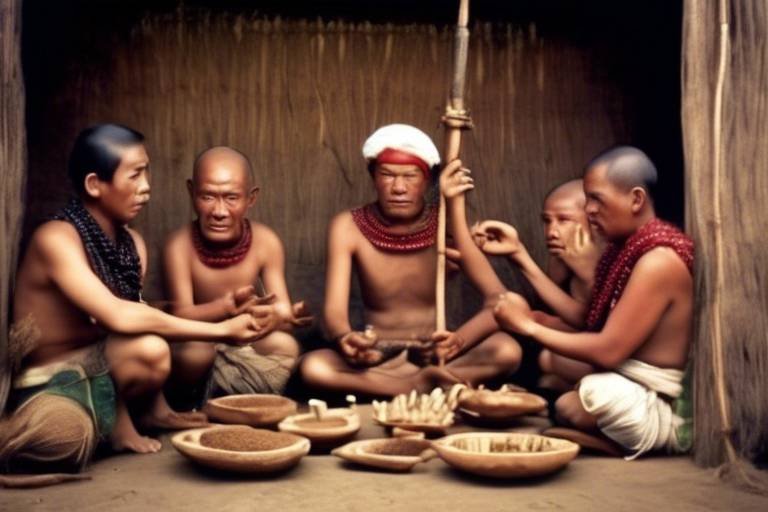How Ancient Civilizations Documented Religious Beliefs
Ancient civilizations had a multitude of fascinating methods for documenting their religious beliefs, offering us a captivating glimpse into their intricate cultures and spiritual practices. These diverse methods not only served as records but also as windows into the profound beliefs and rituals that shaped their societies.
One of the most visually striking ways ancient civilizations portrayed their religious beliefs was through cave paintings and petroglyphs. These intricate artworks provided a tangible representation of their spiritual world, depicting deities, ceremonies, and mythological narratives.
Furthermore, the use of hieroglyphics in ancient Egypt and cuneiform writing in Mesopotamia allowed these civilizations to inscribe their religious texts and stories on durable surfaces, ensuring the preservation of their sacred knowledge for future generations.
Many ancient societies compiled sacred texts and scriptures that detailed their religious beliefs and rituals. These texts, such as the Greek myths and the Indian Vedas, served as repositories of spiritual wisdom and cultural identity.
The construction of monuments and temples was another significant way ancient civilizations manifested their religious devotion. These awe-inspiring structures not only showcased their architectural prowess but also served as focal points for religious ceremonies and communal worship.
Some ancient societies relied on oral traditions and rituals passed down through generations to preserve and transmit their religious beliefs. These oral histories carried the essence of their faith and traditions, ensuring continuity across time.
Certain ancient civilizations, like the Mayans and Egyptians, utilized astronomical observations and calendars to align their religious ceremonies with celestial events. This harmonization of earthly rituals with cosmic phenomena added a profound dimension to their spiritual practices.
The use of iconography and symbolism in ancient art and artifacts provided visual representations of religious figures, myths, and beliefs. Through intricate symbols and imagery, ancient civilizations conveyed complex spiritual concepts and mythologies.
Preservation of religious artifacts and relics, such as statues, amulets, and sacred objects, allowed ancient civilizations to maintain a physical connection with their religious beliefs. These artifacts served as tangible links to the divine, enriching their spiritual experiences.
Modern archaeological excavations and interpretations have played a crucial role in unraveling the mysteries of how ancient civilizations documented and expressed their religious beliefs. Through meticulous analysis of material culture and texts, archaeologists continue to shed light on the profound spiritual legacies of the past.

Cave Paintings and Petroglyphs
Ancient civilizations had various methods of documenting their religious beliefs, providing valuable insights into their cultures and practices. This article explores the different ways in which ancient societies recorded and preserved their religious beliefs for future generations.
Some ancient civilizations depicted their religious beliefs through intricate cave paintings and petroglyphs, offering a visual representation of their spiritual practices and deities. These ancient artworks, found in caves and rock surfaces, provide a glimpse into the spiritual world of these civilizations. The detailed depictions of rituals, ceremonies, and divine beings on these surfaces serve as a window to the religious beliefs and practices of the past.

Hieroglyphics and Cuneiform Writing
Ancient civilizations like Egypt and Mesopotamia utilized unique forms of writing to document their religious beliefs. In Egypt, hieroglyphics were the primary script used for inscriptions on temple walls, tombs, and papyrus scrolls. These intricate symbols represented both phonetic sounds and concepts, allowing the ancient Egyptians to record their religious texts and stories in a visually striking manner. On the other hand, the Mesopotamians developed cuneiform writing, which involved impressing wedge-shaped symbols onto clay tablets. This writing system was versatile, used for administrative records, literature, and religious texts, providing a durable medium for preserving their beliefs.
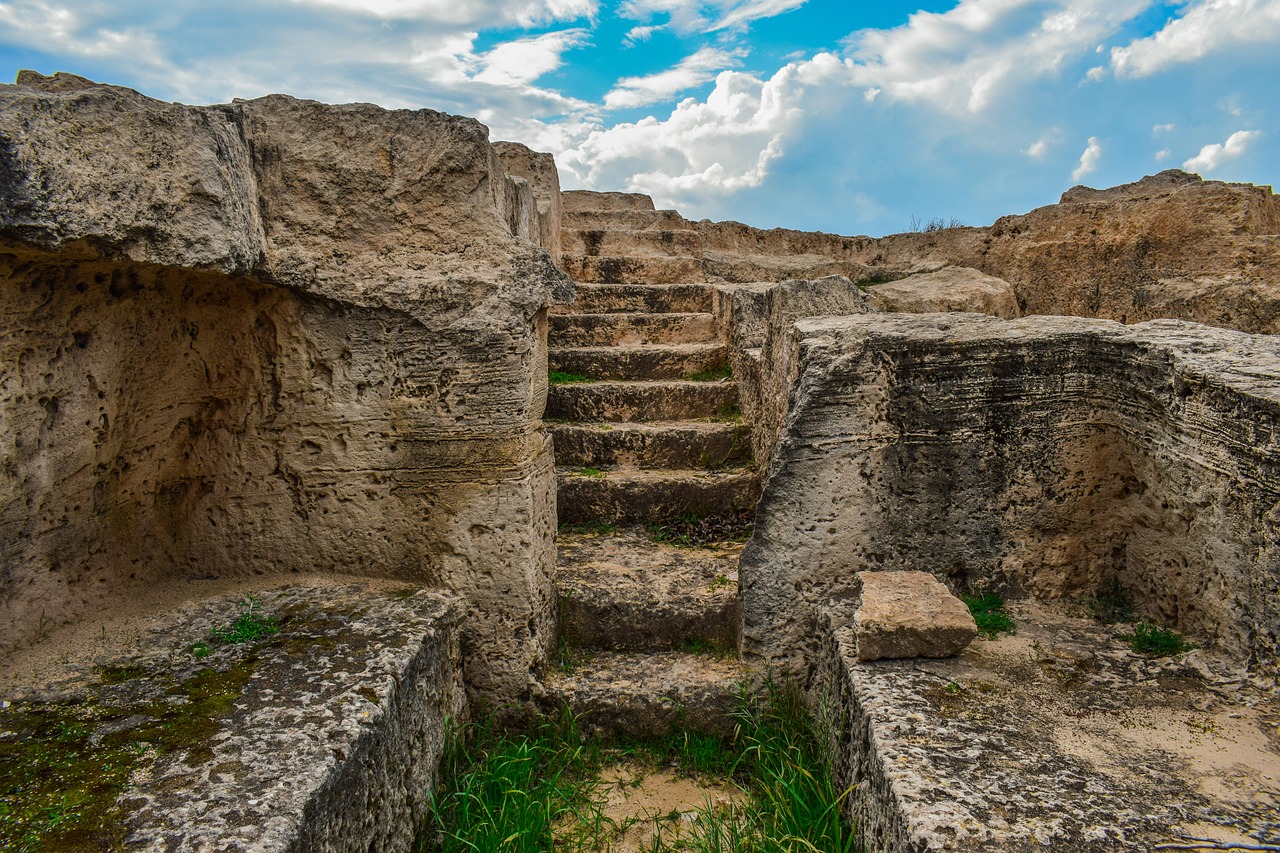
Sacred Texts and Scriptures
Ancient civilizations across the globe valued the importance of documenting their religious beliefs through sacred texts and scriptures. These texts served as foundational pillars of their faith, outlining intricate mythologies, rituals, and moral codes that guided their societies. The Greeks, for instance, meticulously penned down their myths in epic poems like the Iliad and the Odyssey, weaving tales of gods and heroes that reflected their cultural values and beliefs.
Similarly, the ancient Indians composed the Vedas, a collection of sacred hymns and texts that delved into philosophical concepts, spiritual practices, and societal duties. These scriptures not only provided a framework for religious worship but also offered insights into the cosmological views and ethical principles of ancient Indian civilization.
Moreover, the Egyptians engraved their religious beliefs in hieroglyphic texts on temple walls and papyrus scrolls, detailing their reverence for deities like Ra, Osiris, and Isis. These sacred writings not only preserved the religious doctrines of ancient Egypt but also shed light on their funerary practices, afterlife beliefs, and divine cosmology.
Through the meticulous preservation of sacred texts and scriptures, ancient civilizations immortalized their religious heritage, ensuring that future generations could unravel the mysteries of their faith and cultural identity. These written records served as a bridge between the past and the present, allowing modern scholars to decipher the spiritual legacy of bygone eras and appreciate the richness of ancient religious traditions.
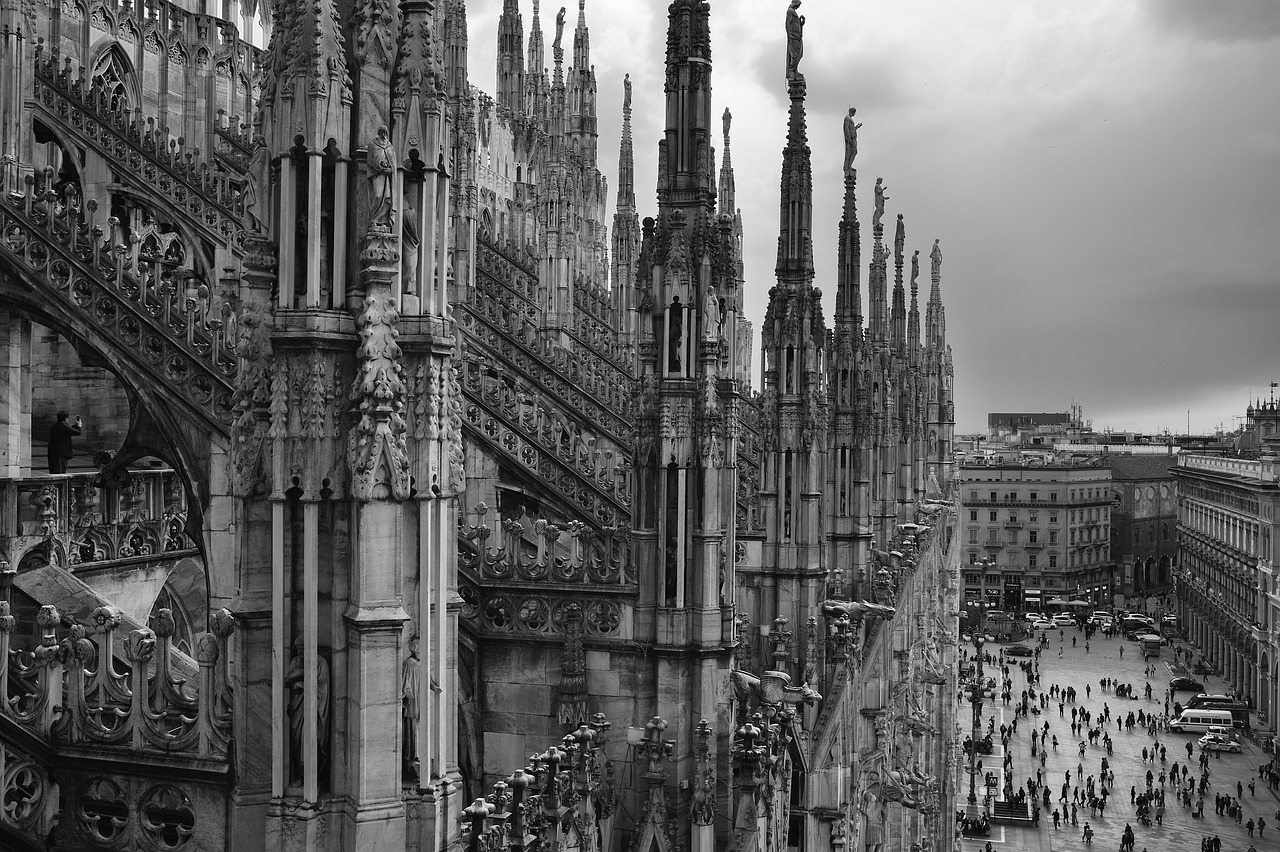
Monuments and Temples
Ancient civilizations showcased their religious devotion and architectural prowess through the construction of monumental structures and temples. These grand edifices were not merely physical buildings but served as sacred spaces where the divine and the mortal intersected. Monuments like the Pyramids of Giza in Egypt or the Parthenon in Greece stand as enduring testaments to the religious fervor and artistic ingenuity of their creators.
Temple complexes, such as Angkor Wat in Cambodia or the Temple of Karnak in Egypt, were not only places of worship but also centers of cultural, social, and political life. These architectural marvels were intricately designed to reflect cosmological beliefs, align with celestial phenomena, and facilitate religious rituals and ceremonies.
The layout and design of these monuments and temples often symbolized the ancient civilizations' cosmogony and hierarchy of deities. Elaborate carvings, sculptures, and paintings adorned these sacred structures, depicting religious narratives, mythological scenes, and divine beings. Visitors to these sites would be immersed in a sensory experience that transcended the mundane and connected them to the divine realm.
Additionally, these monumental constructions served as focal points for pilgrimage, drawing devotees from far and wide to pay homage to their gods and seek spiritual enlightenment. The sheer scale and intricacy of these architectural wonders were intended to inspire awe, reverence, and a sense of the sacred in all who beheld them.
Through the preservation and restoration of these ancient monuments and temples, modern-day archaeologists and historians continue to unravel the religious beliefs, practices, and societal structures of these past civilizations. The study of these architectural marvels not only sheds light on the spiritual worldviews of ancient peoples but also offers a glimpse into the technological, artistic, and philosophical achievements of bygone eras.

Oral Traditions and Rituals
Ancient civilizations had various methods of documenting their religious beliefs, providing valuable insights into their cultures and practices. This article explores the different ways in which ancient societies recorded and preserved their religious beliefs for future generations.
Ancient societies often relied on oral traditions and rituals as a primary means of preserving and transmitting their religious beliefs across generations. Through storytelling, songs, and ceremonial practices, knowledge of deities, myths, and spiritual practices was passed down from elders to the younger members of the community.
Imagine sitting around a crackling fire, listening to the elders recount tales of gods and heroes, their voices carrying ancient wisdom like whispers from the past. These oral traditions were the lifeblood of many ancient civilizations, binding communities together through shared beliefs and practices.
In some cultures, oral traditions were so deeply ingrained that they served as the foundation of religious education, shaping individuals' understanding of the divine and their place in the world. Through repetitive rituals and performances, these traditions were not just stories but living expressions of faith and cultural identity.
Furthermore, oral traditions allowed for flexibility and adaptation, enabling beliefs to evolve over time while retaining core values and principles. Each retelling of a myth or performance of a ritual added layers of meaning and interpretation, enriching the spiritual tapestry of the civilization.
While oral traditions were vulnerable to changes and distortions, they also possessed a dynamic quality that kept the religious beliefs of ancient civilizations vibrant and relevant in the ever-changing landscape of human experience.
1. How did ancient civilizations ensure the accuracy of their oral traditions?
Ancient societies often appointed designated storytellers and priests responsible for memorizing and passing down religious narratives accurately to maintain the integrity of their oral traditions.
2. Were oral traditions exclusive to religious beliefs?
While oral traditions played a significant role in preserving religious beliefs, they were also used to transmit historical accounts, cultural practices, and moral teachings within ancient civilizations.
3. How did oral traditions influence the development of written religious texts?
Many ancient religious texts, such as the Vedas of India and the Homeric epics of Greece, were originally part of oral traditions before being transcribed into written form, demonstrating the close relationship between oral and written modes of religious expression.
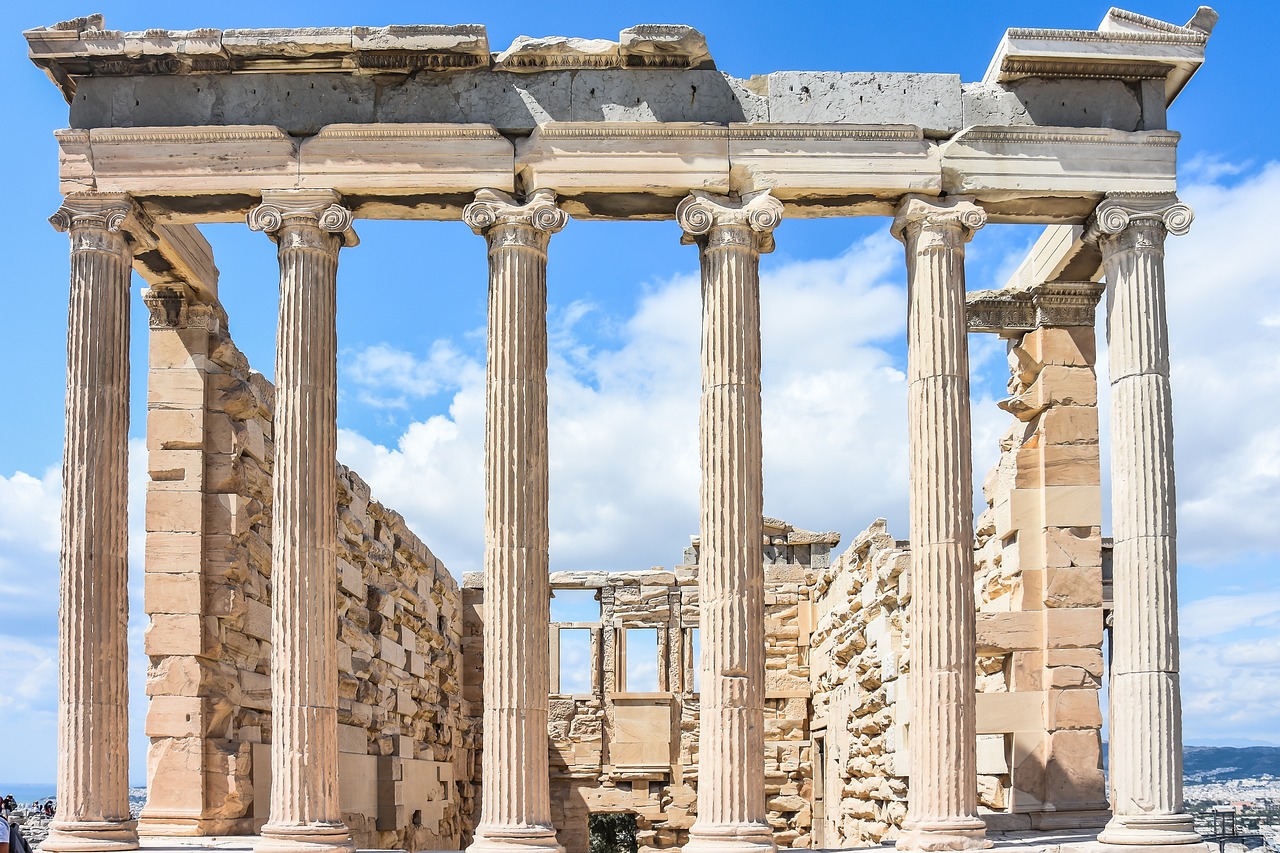
Astronomical Observations and Calendars
Astronomical observations and calendars played a crucial role in the religious practices of ancient civilizations, shaping their rituals and ceremonies based on celestial events. For instance, the Mayans meticulously studied the movements of the stars and planets, creating a highly accurate calendar that guided their religious festivities and agricultural activities. Similarly, the Egyptians linked their religious ceremonies with astronomical phenomena, such as the annual flooding of the Nile, which was seen as a divine event symbolizing fertility and renewal.
These ancient societies believed that the alignment of their religious practices with celestial occurrences strengthened their connection to the divine and ensured the prosperity of their communities. By observing the stars and planets, they sought to decipher the will of their gods and goddesses, attributing significance to celestial events that influenced their religious calendars and sacred rituals.
Moreover, the development of sophisticated calendars by civilizations like the Babylonians allowed for the precise scheduling of religious festivals and ceremonies in accordance with astronomical cycles. The alignment of religious observances with celestial timekeeping not only structured the daily lives of ancient people but also reinforced the spiritual significance of natural phenomena in their belief systems.
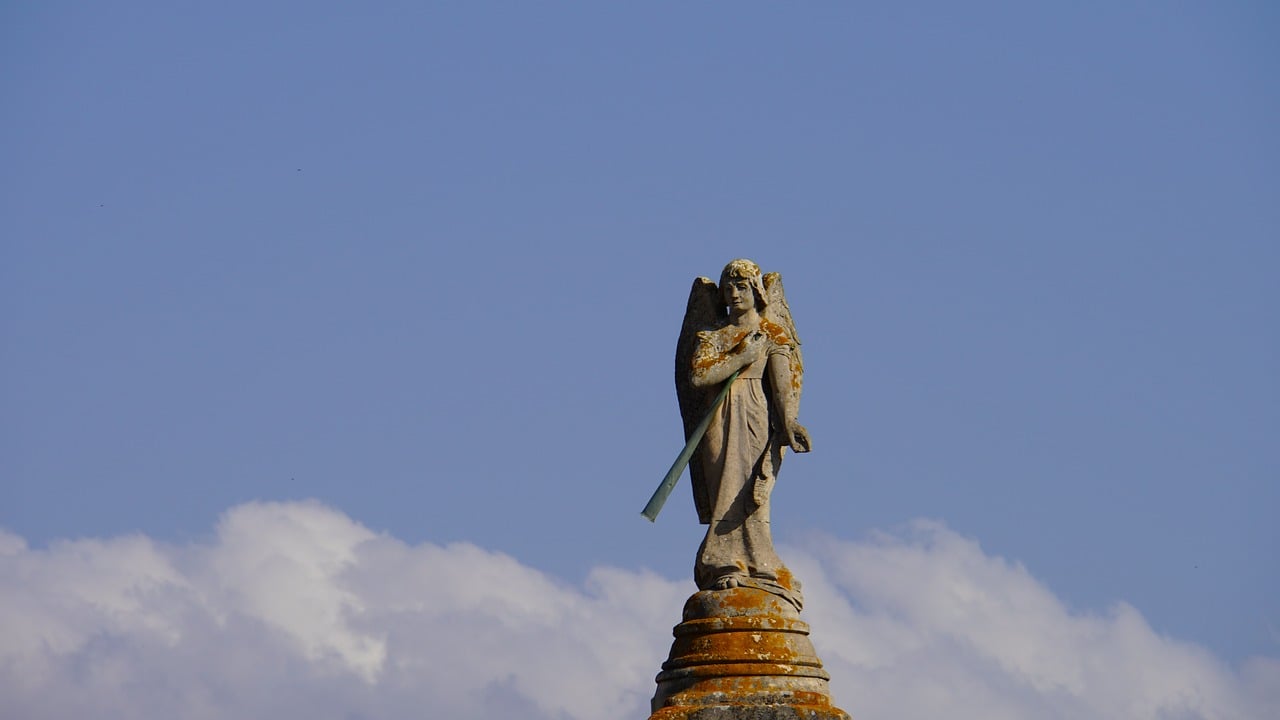
Iconography and Symbolism
Iconography and symbolism played a crucial role in ancient civilizations, serving as visual languages that conveyed profound religious meanings and beliefs. Through intricate artwork and artifacts, these societies communicated their spiritual worldviews, myths, and deities to future generations. The use of symbols and iconic representations provided a glimpse into the complex tapestry of their religious practices, offering insights into the values and beliefs that shaped their cultures.
Ancient art often featured symbolic elements that held deep religious significance. For example, the use of certain animals, plants, or geometric shapes symbolized specific deities, concepts, or cosmic forces within these civilizations. These symbols were not merely decorative but carried layers of meaning that were deciphered by those familiar with the religious narratives and traditions of the time.
Moreover, iconography in ancient artifacts served as a form of storytelling, visually narrating religious myths and legends. Sculptures, paintings, and engravings depicted scenes from sacred texts or important religious events, allowing worshippers to connect with their beliefs on a tangible level. These visual representations served as a bridge between the divine and the mortal, bringing the spiritual realm closer to the everyday lives of the people.
The symbolic language of ancient iconography also facilitated a deeper understanding of the cosmos and the interconnectedness of all things. By incorporating symbols representing celestial bodies, natural elements, and mythical creatures, ancient civilizations expressed their cosmological beliefs and the harmony they perceived in the universe. These symbols were not isolated images but part of a larger symbolic system that conveyed a holistic view of existence.
Furthermore, the use of iconography and symbolism in religious art allowed for the preservation of cultural heritage and spiritual traditions. Through the meticulous crafting of symbols and iconic motifs, ancient artisans ensured that their religious beliefs would endure through the ages, transcending linguistic barriers and cultural shifts. The power of symbolism lies in its ability to transcend time and space, speaking to the universal aspects of human spirituality and creativity.

Religious Artifacts and Relics
Religious artifacts and relics play a crucial role in understanding the religious beliefs and practices of ancient civilizations. These tangible objects serve as physical connections to the spiritual world and offer valuable insights into the rituals and ceremonies of the past. Ancient societies often crafted intricate statues, amulets, and sacred objects to symbolize their devotion to various deities and religious traditions. These artifacts were not merely decorative but held deep religious significance, representing the core values and beliefs of the civilization.
Furthermore, the preservation of religious artifacts allowed ancient civilizations to pass down their religious heritage to future generations. These relics served as tangible links to the past, enabling individuals to connect with their ancestors' beliefs and practices. The careful preservation of these artifacts speaks to the reverence and importance placed on religious traditions within these societies.
Archaeological excavations have uncovered a wealth of religious artifacts and relics, shedding light on the diverse religious practices of ancient civilizations. Statues depicting gods and goddesses, amulets believed to offer protection, and sacred objects used in religious ceremonies have provided archaeologists with valuable insights into the spiritual world of the past. These artifacts not only enhance our understanding of ancient religious beliefs but also offer a glimpse into the daily lives and practices of individuals within these societies.

Archaeological Discoveries and Interpretations
Archaeological discoveries play a crucial role in unraveling the mysteries of how ancient civilizations documented and expressed their religious beliefs. Through meticulous excavations and interpretations of artifacts, archaeologists have shed light on the religious practices of past societies. These discoveries provide tangible evidence of the rituals, symbols, and deities that were central to ancient cultures.
One of the key aspects of archaeological research is the analysis of religious artifacts found at ancient sites. These objects, ranging from statues and amulets to ceremonial tools and inscriptions, offer valuable insights into the spiritual beliefs and practices of bygone civilizations. By studying these artifacts, researchers can piece together the religious landscapes of ancient societies and understand the significance of different symbols and rituals.
Furthermore, the interpretation of architectural remains, such as temples, tombs, and sacred sites, contributes to our understanding of how ancient civilizations expressed their religious beliefs through monumental structures. The layout and design of these buildings often reflect the cosmological and religious ideologies of the societies that constructed them, providing clues to their spiritual worldviews.
Archaeological excavations also unearth religious texts and inscriptions that were crucial in documenting the myths, rituals, and moral codes of ancient civilizations. By deciphering these ancient writings, scholars can reconstruct the religious narratives and belief systems that guided the lives of people in antiquity. The preservation of these texts allows us to delve into the spiritual practices and philosophies of past cultures.
Moreover, the study of burial practices and funerary rites reveals how ancient societies viewed death and the afterlife, offering a glimpse into their religious beliefs surrounding mortality and the supernatural. The careful analysis of burial sites and grave goods provides clues about the role of religion in shaping cultural identities and social structures within these civilizations.
In conclusion, archaeological discoveries and interpretations are indispensable tools in piecing together the religious tapestries of ancient civilizations. By examining artifacts, structures, inscriptions, and burial practices, researchers can reconstruct the spiritual landscapes of bygone cultures and gain a deeper understanding of the diverse ways in which religious beliefs were expressed and documented throughout history.
Frequently Asked Questions
- What were the common methods used by ancient civilizations to document their religious beliefs?
Ancient civilizations employed various methods such as cave paintings, hieroglyphics, sacred texts, monuments, oral traditions, astronomical observations, iconography, religious artifacts, and archaeological discoveries to document their religious beliefs.
- How did ancient societies use oral traditions to preserve their religious beliefs?
Ancient societies passed down their religious beliefs and practices through oral traditions, ensuring the transmission of cultural and spiritual knowledge from one generation to another without the need for written records.
- Why were monuments and temples significant in the documentation of ancient civilizations' religious beliefs?
Monuments and temples served as physical representations of ancient civilizations' religious devotion and architectural skills, showcasing their commitment to their deities and providing insight into their religious practices.
















